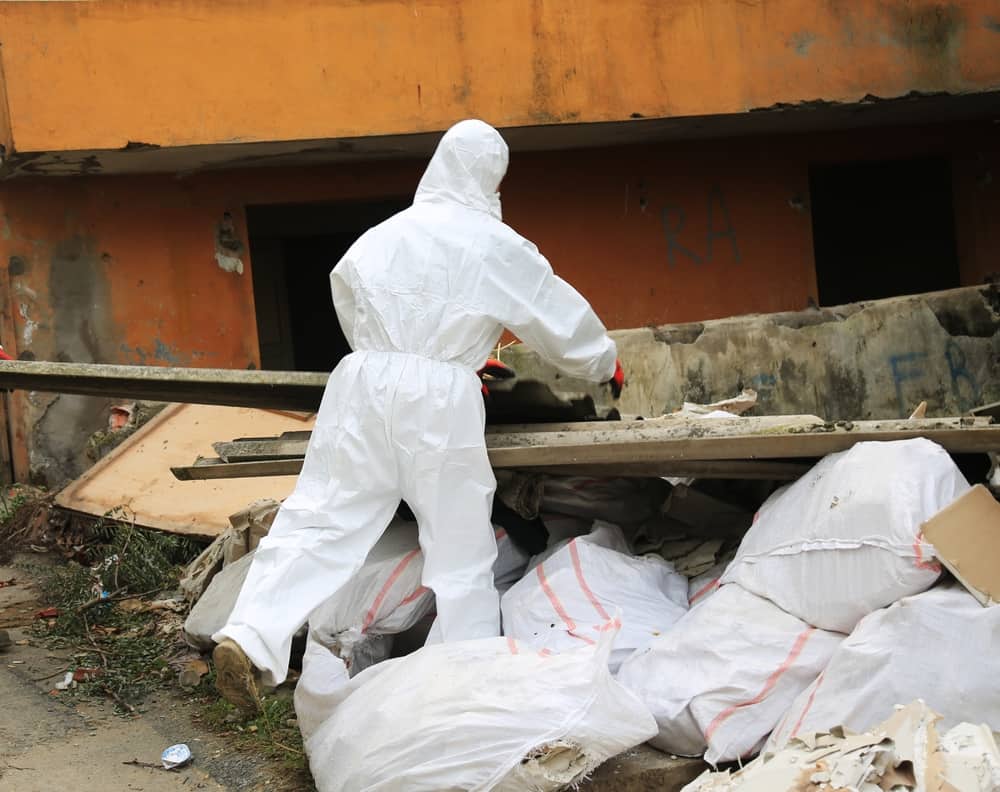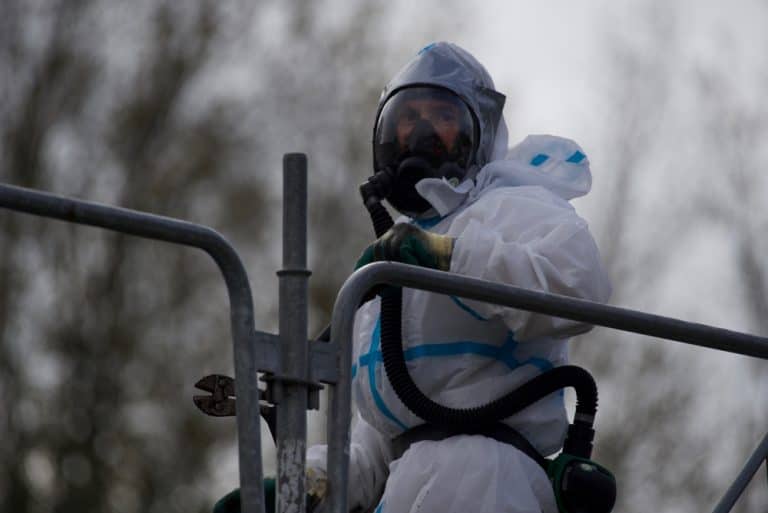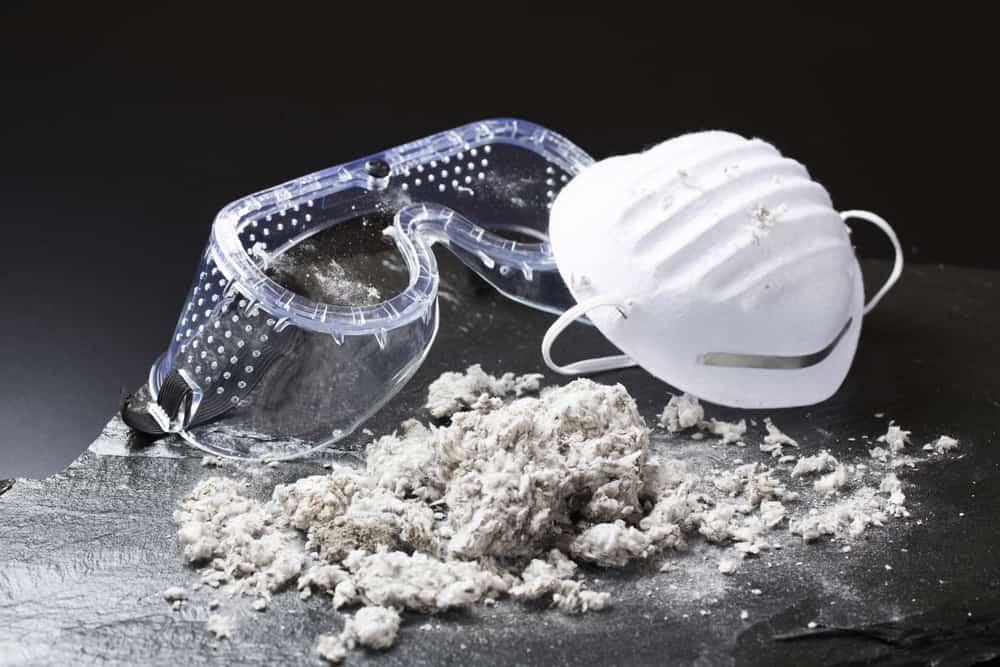Asbestos is a dangerous material that can be found in many older buildings and structures throughout Suffolk County. If you live in East Northport, NY, and suspect the presence of asbestos in your property, it’s crucial to act swiftly. Green Island Group NY is your trusted asbestos abatement company, specializing in asbestos removal, mitigation, and remediation. We understand the potential risks associated with asbestos exposure, and we are here to help you identify the signs that indicate you need immediate assistance.
Visible Deterioration
If you notice any visible signs of deterioration in your building materials, such as crumbling drywall or deteriorating insulation, it could be a sign of asbestos-containing materials (ACMs) breaking down. East Northport, NY residents should never attempt to remove or disturb such materials themselves, as it can release harmful asbestos fibers into the air.
Construction or Renovation
If your property in East Northport, NY was built before the 1980s, there’s a higher likelihood that it contains asbestos. When planning any construction or renovation project, it’s essential to have a professional asbestos assessment done by a certified asbestos removal company like Green Island Group NY. Disturbing ACMs during these projects can be dangerous if not handled properly.
Health Symptoms
If you or your family members experience persistent respiratory issues, coughing, chest pain, or other unexplained health problems, it’s crucial to consider the possibility of asbestos exposure. Asbestos fibers, when inhaled, can lead to severe health complications, including lung cancer and mesothelioma. Seeking asbestos abatement services from a reputable company like Green Island Group NY is essential to protect your health.
Building Inspections
Before purchasing a property in East Northport, NY, it’s advisable to have a comprehensive building inspection. Suffolk County, like many other areas, may have stringent regulations regarding asbestos-containing materials. Green Island Group NY can provide asbestos inspection and testing services to ensure you make an informed decision about your potential purchase.
Legal Requirements
In East Northport, NY, and Suffolk County, there are legal requirements and regulations related to asbestos abatement and removal. Non-compliance with these regulations can result in fines and legal consequences. Green Island Group NY is well-versed in local asbestos regulations and can help you navigate the necessary permits and procedures for asbestos removal and mitigation.




